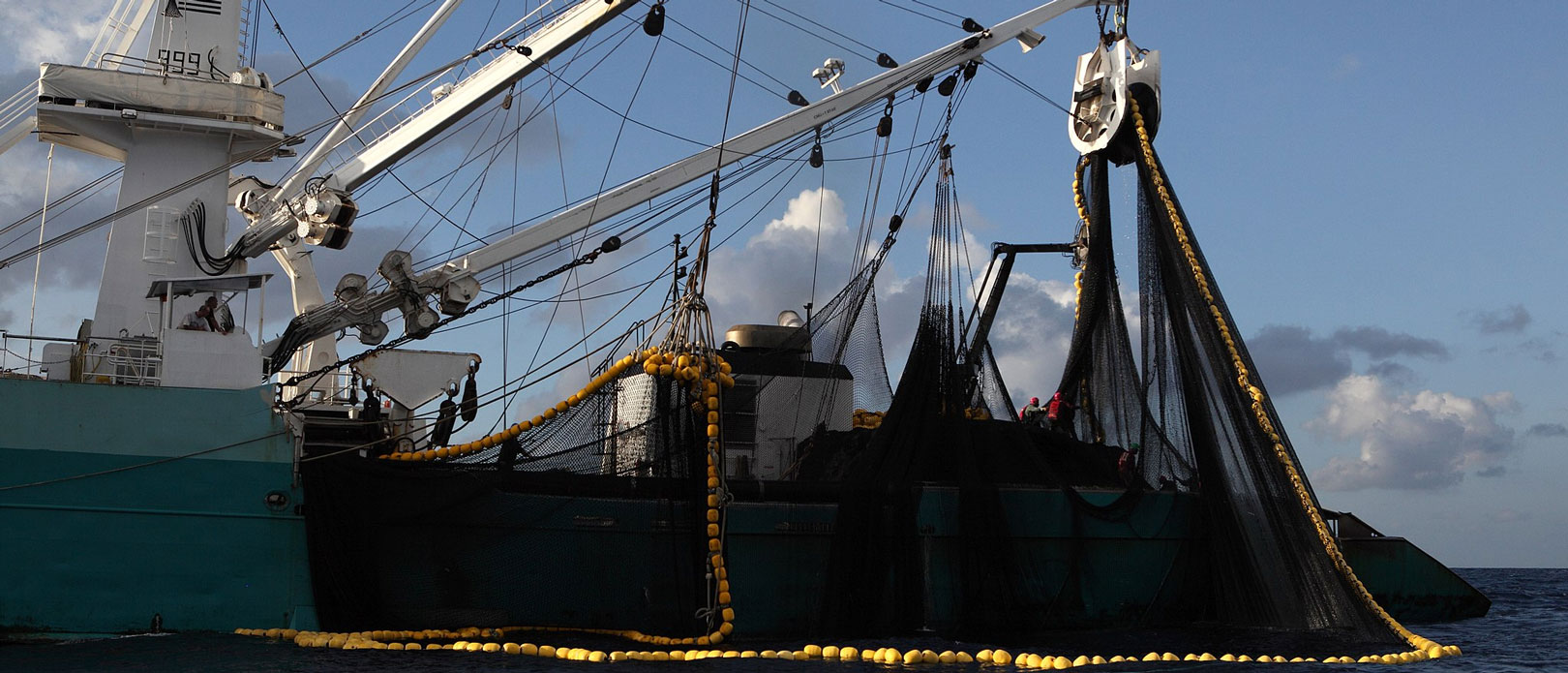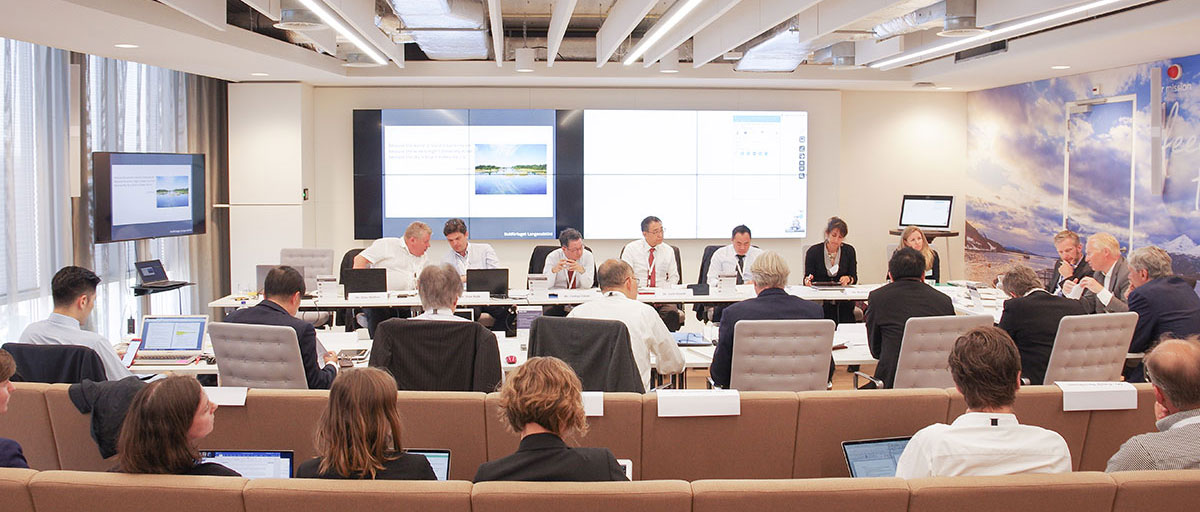SCIENCE-BUSINESS COLLABORATION
Unlikely partnership generates impact

A case study on science-business collaboration describes how interactions changed from tentative and uncomfortable in the beginning to close and productive a few years later. Photo: J-B Youffray
Working with companies may feel uncomfortable, but can produce transformational changes to an entire industry
- Science and the private industry can constitute a new transformational force
- The study describes how interactions changed from tentative and uncomfortable in the beginning to dynamic and operational today.
- Seafood Business for Ocean Stewardship involves ten of the world’s largest seafood companies and dozens of scientists
SOMETHING INTERESTING MAY HAPPEN: If you go by the stereotype that companies are primarily in it for the quick profit and outcompeting their rivals, then the idea of science and industry in a close partnership makes for a strange equation.
But with time, patience, and a willingness to listen to and learn from each other, science and the private industry can constitute a new transformational force. This is the conclusion from a study recently published in Scientific Reports.
Using the seafood industry as a case, centre researcher Henrik Österblom with colleagues describes the work bringing the biggest companies within wild fisheries and aquaculture together with scientific expertise to develop a more sustainable business model. Ultimately, it is about securing both the long-term survival of the industry and a healthy ocean.
Keystone species
Seafood Business for Ocean Stewardship (SeaBOS) was launched in 2016 and involves ten of the world’s largest seafood companies and dozens of scientists across disciplines and universities.
The initiative was born out of an idea developed by the American ecologist R.T Paine in the 1960s. He described how some species – called “keystone species” - exert much stronger influence in an ecosystem than others. Some 50 years later Österblom and his colleagues used Paine’s theory as inspiration to explore whether similar patterns could be seen within the seafood sector.
We figured if we could get these companies around the table, provide them with the insights we have on the state of the oceans, listen to their perspectives, and also let them share with each other, then something interesting could happen.
Henrik Österblom, lead author
Tentative and uncomfortable
The study in Scientific Reports describes how interactions went from tentative and uncomfortable in the beginning to shaping the dynamic, operational organization SeaBOS is today. Backed by the companies it has the mandate to take on a global leadership role in the seafood industry. It has also started to inspire other sectors.
Since the first interactions in 2015, the initiative has involved 135 industry representatives and 28 independently funded scientists in 588 meetings, in six distinct phases of cooperation.
“We are seeing changes within the companies that were difficult to imagine in 2015. They are now collectively pushing for science-based policies and international agreements,” adds co-author Carl Folke. Together with Österblom he was instrumental in the conceptual development of SeaBOS.
The authors hope their paper may inspire other colleagues to also engage in uncomfortable science.
“After all, if we are serious about contributing to transformational change, what are the options?” asks Österblom.
Österblom, H., Folke, C., Rocha, J. et al. 2022. Scientific mobilization of keystone actors for biosphere stewardship. Sci Rep 12, 3802. https://doi.org/10.1038/s41598-022-07023-8








